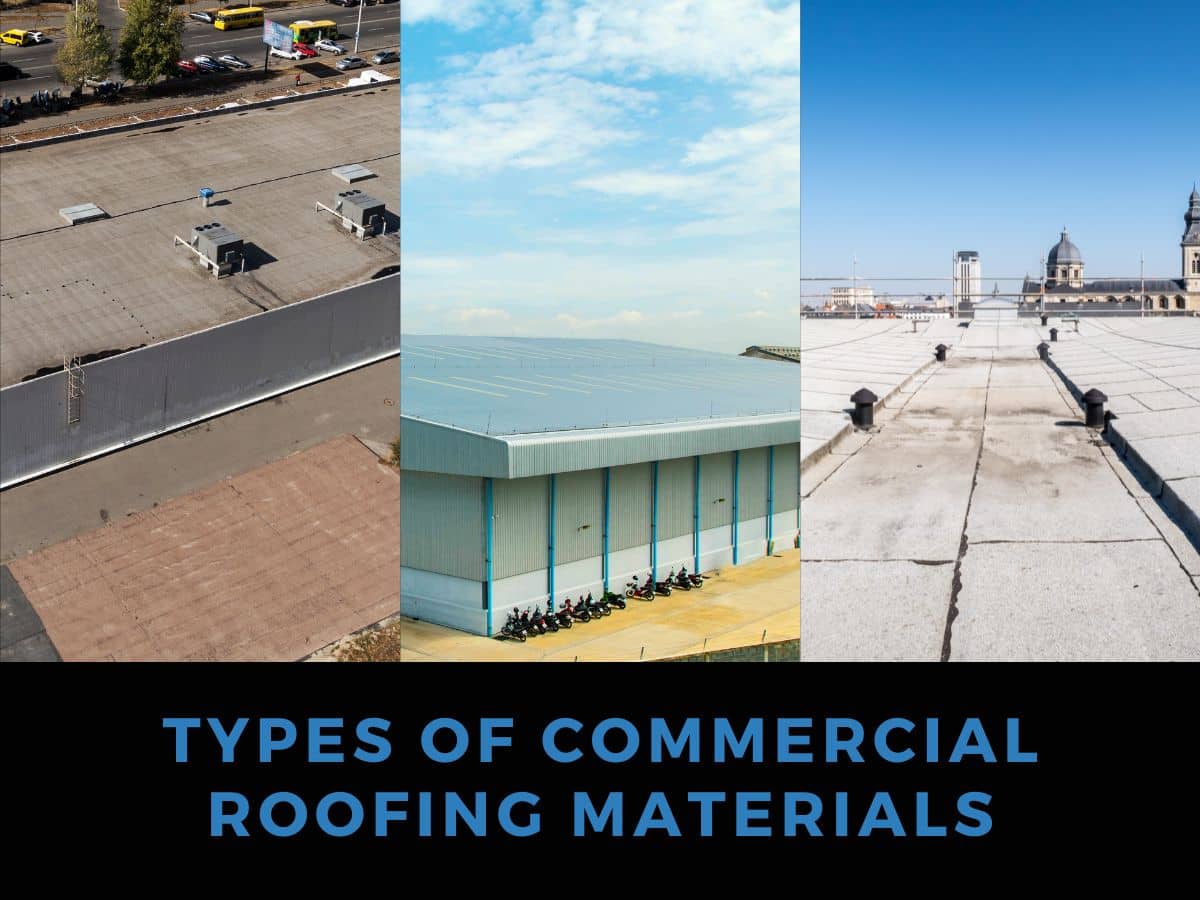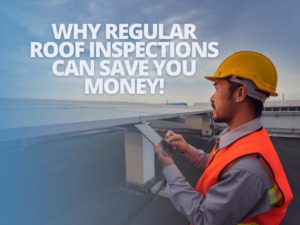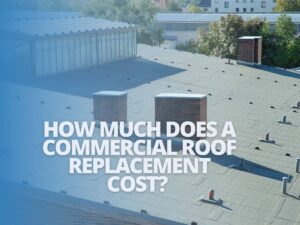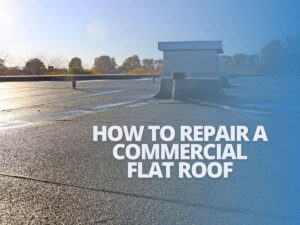
Types of Commercial Roofing Materials
Summary: This comprehensive guide explores the different types of commercial roofing materials available in the market today. You’ll gain insights into various options such as single-ply roofing systems, built-up roofing (BUR), metal roofing, green roofing, and more. By understanding the pros, cons, and applications of each material, you can make an informed decision for your commercial roof.
Introduction
When it comes to commercial buildings, the roof plays a critical role in ensuring the safety and longevity of the structure. Choosing the right roofing material is crucial, as it directly impacts factors like durability, energy efficiency, and maintenance costs. In this guide, we will explore various types of commercial roofing materials and help you determine the best solution for your business.
Understanding the Basics of Commercial Roofing
Before delving into the specific types of commercial roofing materials, it’s essential to understand the fundamental considerations for commercial roofs. Commercial roofs require different considerations compared to residential roofs due to their size, usage, and specific requirements. Key factors to keep in mind include:
- Durability: Commercial roofs must withstand heavy foot traffic, extreme weather conditions, and potential rooftop equipment installations.
- Longevity: The lifespan of your commercial roof affects long-term maintenance costs and overall return on investment.
- Energy Efficiency: Energy-efficient roofing can reduce heating and cooling costs.
- Common Commercial Roofing Systems: Familiarize yourself with different commercial roofing systems, including single-ply membranes, built-up roofing (BUR), metal roofing, and green roofing.
Single-Ply Roofing Systems
Single-ply roofing systems are popular for commercial properties due to their durability, ease of installation, and energy efficiency. Let’s explore the most widely used single-ply roofing materials:
1. EPDM (Ethylene Propylene Diene Monomer)
EPDM roofing offers excellent durability, weather resistance, and cost-effectiveness. Here are its pros and cons:
| Pros | Cons |
| Long lifespan | Susceptible to punctures and tears |
| Resistance to UV rays and weather | Requires professional installation |
| Low maintenance | Not as aesthetically appealing as other options |
Applications: EPDM is suitable for various commercial roofing applications, including low-slope roofs, warehouses, and factories.
2. PVC (Polyvinyl Chloride) Roofing
PVC roofing is known for its strength, chemical resistance, and fire resistance. Here’s a list of its pros and cons:
| Pros | Cons |
| Durability and longevity | Higher installation cost |
| Excellent resistance to chemicals | Limited color options |
| Energy efficiency and reflective properties | Requires professional expertise for installation |
Applications: PVC roofing is ideal for commercial buildings with flat or low-slope roofs, including hospitals, schools, and shopping centers.
3. TPO (Thermoplastic Olefin)
TPO roofing offers a combination of durability, energy efficiency, and versatility. Consider the following pros and cons:
| Pros | Cons |
| Energy-efficient and reflective properties | Prone to punctures and tears |
| Resistant to chemicals and UV radiation | Requires proper installation for best results |
| Low maintenance | Quality can vary depending on the manufacturer |
Applications: TPO roofing is commonly used for commercial properties with flat or low-slope roofs, such as office buildings, retail spaces, and warehouses.
Built-Up Roofing (BUR)
Built-up roofing (BUR) systems feature multiple layers of components, offering exceptional durability and weather resistance. The most commonly used BUR material is modified bitumen roofing. Let’s explore its pros and cons:
| Pros | Cons |
| High durability and weather resistance | Heavier installation due to multiple layers |
| Excellent waterproofing properties | Potentially higher installation costs |
| Versatile, suitable for various buildings | Requires professional expertise for installation |
Applications: BUR roofing is commonly used for commercial buildings with low-slope roofs, including warehouses, industrial complexes, and retail spaces.
Metal Roofing
Metal roofing systems have gained popularity in commercial settings due to their durability, longevity, and energy efficiency. Let’s explore the benefits and different types of metal roofing:
Benefits of Metal Roofs for Commercial Buildings
- Longevity: Metal roofs typically have longer lifespans compared to traditional roofing materials, reducing the need for frequent replacements.
- Energy Efficiency: Metal reflects sunlight, reducing heat absorption and keeping the building cooler. This can lead to lower energy consumption and reduced cooling costs.
- Ease of Installation and Low Maintenance: Metal roofs are often lightweight and easy to install, reducing labor costs. They also require minimal maintenance over their lifespan.
Popular Metal Roofing Material Choices
- Standing Seam Roofs: These roofs use vertical metal panels with raised seams, providing excellent water resistance and durability.
- Metal Shingles or Tiles: Metal shingles mimic traditional roofing materials like asphalt or slate while offering the benefits of metal roofing, including longevity and resistance to fire and weather.
Applications: Metal roofing is suitable for various commercial buildings, including office buildings, hospitals, schools, and retail spaces.
Green Roofing
Green roofing systems have gained popularity due to their environmental benefits and aesthetic appeal. Let’s explore the different types of green roofs:
1. Extensive Green Roofs
Extensive green roofs have shallow soil depths and require low maintenance. They are suitable for lightweight structures and flat roofs.
2. Intensive Green Roofs
Intensive green roofs have deeper soil depths, allowing for the growth of a wider variety of plants. These require more maintenance and are suitable for buildings with flat or sloped roofs.
The leading advantage of green roofing systems is their ability to protect the underlying roof membrane from harsh weather conditions. Additionally, they improve air quality, reduce energy consumption, and provide insulation.
Applications: Green roofing systems are suitable for commercial buildings seeking environmental sustainability, including office buildings, hotels, and airports.
Roof Coatings and Membranes
Roof coatings and membranes offer an additional layer of protection to the underlying roof material. They can enhance durability, waterproofing, and energy efficiency. Let’s explore their importance:
- Roof Coatings: Roof coatings add a protective layer to the roof surface, preventing leaks and extending the roof’s lifespan. They come in various types, such as acrylic, silicone, and polyurethane coatings.
- Roof Membranes: Roof membranes provide an extra layer of waterproofing and insulation. Common types include PVC, TPO, and EPDM membranes.
Applications: Roof coatings and membranes are beneficial for commercial roofs in need of protection and energy efficiency improvements.
Considerations When Choosing a Commercial Roofing Material
When selecting a roofing material for your commercial building, consider the following factors:
- Climate and Weather Considerations: Choose a material that can withstand your region’s weather patterns.
- Building Structure and Design Requirements: Ensure compatibility between the roofing material and your building’s structure, slope, and design.
- Budget and Long-term Cost Implications: Consider the upfront cost, maintenance requirements, and lifespan of the roofing material to assess long-term costs.
- Sustainability and Energy Efficiency Goals: Opt for materials that align with sustainability objectives and offer energy-saving benefits.
- Local Building Codes and Regulations: Ensure that the chosen roofing material meets the local building codes and regulations.
Conclusion
Choosing the right roofing material for your commercial building is a crucial decision that affects the longevity, durability, and energy efficiency of your property. By understanding the different types of commercial roofing materials available, you can make an informed choice that suits your building’s specific requirements and budget. Consult with roofing professionals click here to get personalized recommendations and embark on your commercial roofing project confidently.
Remember, your commercial roof is not just a covering; it is an investment in the safety and success of your business. Choose wisely and enjoy the benefits of a reliable and sustainable roofing system.


